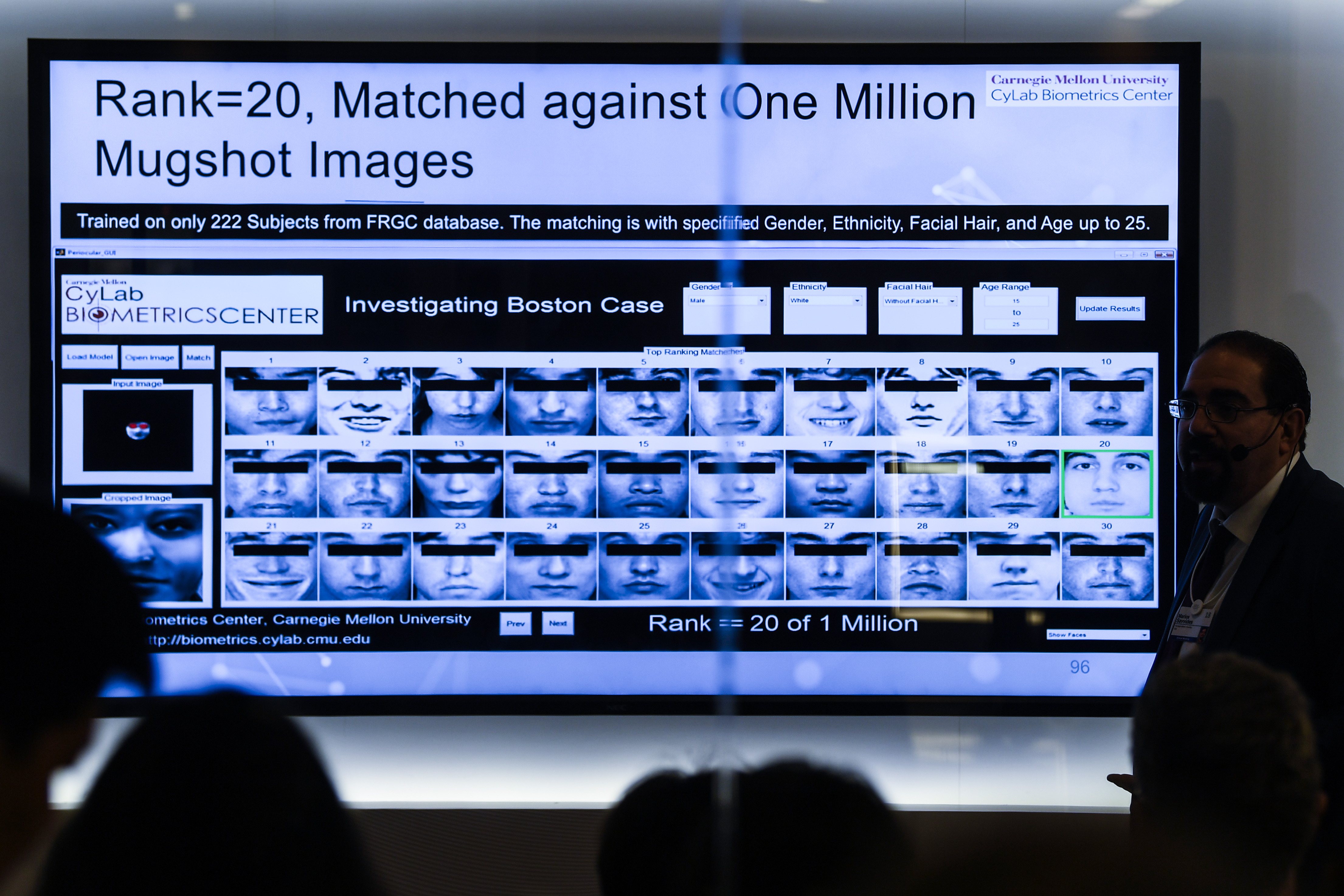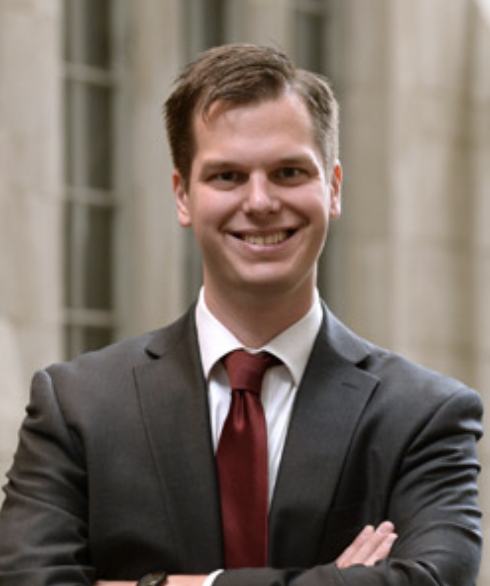What Does the Public Think About Government Use of Facial Recognition?

Published by The Lawfare Institute
in Cooperation With

The U.S. government has been using facial recognition for a wide variety of purposes, and its use is likely to expand in the future. At the same time, scholars and civil rights organizations have raised concerns regarding the technology’s accuracy, its impact on marginalized communities, and its consequences for the reach of government authority. News reports of mistaken arrests, use in airports, and facial identification via social media have opened the public’s eyes to the nearly unlimited future possibilities of this technology. Already we have seen video surveillance proliferate in major cities, subjecting mass transit and major roadways to a level of monitoring that people might more commonly expect in an airport or a casino. The idea of linking such cameras to an effective facial recognition system worries many advocates. Is the public similarly concerned? New data from my research shows that the public is broadly accepting of targeted facial recognition use even as it is concerned about casual facial surveillance becoming an everyday event.
Facial recognition puts the law in an uncomfortable position. If one focuses on the mechanism of facial recognition—the mere comparison of one image to another—then it is hard to see what the problem is. Humans have checked identification cards and compared photographs for as long as identification cards and photographs have existed. Facial recognition merely makes the process faster. But the problem is clear if one focuses on the consequences of an effective and broadly deployed facial recognition system. Suddenly a person cannot walk down a public street without having the event recorded and preserved for posterity. Anonymity in public becomes a thing of the past.
Right now, there is little government regulation of facial recognition. The federal government has yet to pass any laws restricting its use, and state and local governments have only scattered provisions. Constitutionally, it is challenging to regulate facial recognition under the Fourth Amendment. Faces are generally viewed as public. Even were the Supreme Court to treat facial recognition as a special case—as it did cell phone location data—it would be confronted with difficult line-drawing questions. Is every use of facial recognition a Fourth Amendment search, or only some uses? Is live monitoring of a city’s cameras different from the identification of an isolated photo of a criminal suspect?
There are also many governmental uses of facial recognition that have nothing to do with criminal law enforcement. How are those to be handled? Facial recognition has been used for airport security and customs control, for identity verification in public schools, and as an anti-fraud mechanism in administering public benefits. Should these uses be permissible? Even were facial recognition held to be a Fourth Amendment search, its warrantless use might still be constitutionally acceptable under the special needs doctrine.
Efforts to force facial recognition into the Fourth Amendment framework and to regulate it via the democratic process both turn in part on perceptions of reasonableness. A legislative body seeking to pass new privacy laws may wish to learn the extent to which the opinions of the public mirror the well-honed perspectives of advocacy groups. Are people as concerned as breathless news headlines would suggest? Or are people generally trusting of government and law enforcement action in this context? Or are they concerned about some uses but generally trusting of others?
In past research I have surveyed census representative samples of Americans to determine their privacy expectations against government surveillance and their views on biometric privacy. In a recent article, I combined these to look at public attitudes toward facial recognition. What I found is that neither privacy advocates nor privacy skeptics fully represent the public.
Across three surveys I found that the public holds highly nuanced views of facial recognition. The basic method in each survey was to, first, describe a potential government use of facial recognition in a few short sentences so that people could plainly picture the use in question and then, second, ask participants to rate their comfort with the practice on a scale ranging from 1 to 4. This allowed participants to be categorized as more comfortable than not or less comfortable than not with each use.
As can be seen in Table 1, people report being generally comfortable with the government using facial recognition to investigate serious crimes, enhance the security of controlled spaces like airports and schools, and increase the efficiency of identity verification in some contexts. Combined, these are the lion’s share of current uses. People also draw little distinction between using facial recognition to identify a stored image of a criminal suspect and scanning live feeds to try to locate the suspect.
Table 1. Percent comfortable and uncomfortable with each facial recognition use, by category.
| Percent Uncomfortable | Percent Comfortable | Comfortable to Uncomfortable | |
|---|---|---|---|
| Non-law enforcement uses | |||
| Monitoring attendees at an AA meeting | 63.4% | 36.6% | .58 |
| Mayor monitoring opponent’s political rally | 61.2% | 38.8% | .63 |
| Sending donation requests and ads to attendees of a show in a public park | 62.8% | 37.2% | .59 |
| Checking in patients at public hospital | 41.3% | 58.7% | 1.42 |
| Entrance screening, public high school | 27.8% | 72.2% | 2.6 |
| Verifying identities at customs | 22.2% | 77.8% | 3.5 |
| Public hospital identifying an unconscious patient | 19.7% | 80.3% | 4.07 |
| Basic law enforcement uses | |||
| Traffic cameras enforcing jaywalking laws | 58.8% | 41.2% | 0.7 |
| Identifying witness to homicide | 37.1% | 62.9% | 1.7 |
| Identifying car thief | 28.2% | 71.8% | 2.55 |
| Identifying homicide suspect | 21.7% | 78.3% | 3.61 |
| Live monitoring/searching | |||
| Searching marathon crowd for those with warrants | 46.1% | 53.9% | 1.17 |
| Searching city for car thief | 31.5% | 68.5% | 2.17 |
| Searching airport for known threats | 22.4% | 77.6% | 3.46 |
| Searching city for missing child | 18.5% | 81.5% | 4.41 |
There were few differences in the views of different demographic groups—race, ethnicity, and gender had no significant relationship with facial recognition comfort. More educated respondents and, in one model, younger respondents reported slightly greater comfort.
This pattern of comfort with targeted uses persisted even when, in a second study, participants were primed with negative information about the accuracy of facial recognition. Though telling people that facial recognition worked poorly, as opposed to presenting equally biased information claiming it worked well, caused them to be less comfortable with its use, the difference was relatively small.
The third study examined the similarly small difference between identification of a face from a video image and scanning a citywide network of cameras to search the city for that same face. Participants were told about an investigation into an auto theft or a homicide and asked how comfortable they were with law enforcement using facial recognition (a) to identify the suspect; (b) to find the suspect’s current location by scanning all the publicly owned cameras in the city, including those on mass transit; and (c) to track everywhere the suspect had been over the prior week using all publicly owned cameras in the city. As can be seen in Table 2, the differences between these three uses are not especially stark.
Table 2. Percent comfortable with each facial recognition use.
| Scenario | Percent Uncomfortable | Percent Comfortable | Comfortable to Uncomfortable |
|---|---|---|---|
| Auto Theft | 73.6% | 67.7% | 64.3% |
| Homicide | 63.4% | 68.3% | 68.3% |
Despite this widespread comfort with many facial recognition uses, there were still some indications of concern. Use of facial recognition to enforce jaywalking laws, monitor political rallies, and track attendance at innocuous events in a public park all made participants uncomfortable. People do not appear to think that merely being in public should subject a person to facial recognition monitoring (except incidental to a search for a particular purpose). So comfort with specific uses of facial recognition should not be mistaken for comfort with general or universal uses.
This kind of context sensitivity is hard for Fourth Amendment law, which vastly prefers binary “is/is not a search” outcomes. To respect this nuance, a statutory solution is needed. For non-law enforcement uses, these results suggest that general or universal facial identification in public spaces should be prohibited. We do not want to create a system where every low-level government agent can search a city at will. Despite how generally public faces are, merely being in a public space does not justify this form of technologically aided identification. But more targeted non-law enforcement uses do not raise similar concerns. Using facial recognition to help secure or monitor a space already subject to access restrictions, however, is likely reasonable and should be legal. This would include public schools, government office buildings, courthouses, and the like. Use in any setting where it is common now for someone to check an identification card would fall into this category.
For law enforcement uses, people’s comfort levels changed based on the nature of the crime. Respondents were comfortable with the use of facial recognition for the investigation of serious crimes but did not approve of the Big-Brotherish anti-jaywalking program. The federal Wiretap Act could serve as a useful model in this regard. It permits judges to issue wiretap warrants only for a specific list of crimes that includes most felonies. That would also be appropriate here. It may be especially important to think about what crimes should be excluded from that list, however. For example, the average street protest may break a number of minor laws—obstruction of traffic, disturbance of the peace—but we should beware of allowing such to serve as a pretext for using facial recognition on a generally law-abiding crowd.
The hard case, in my view, is the use of “live” facial recognition, identifying people as they walk down the street in real time. There are instances in which this is plainly socially valuable—the Amber or Silver Alert case of a missing person, for instance. But I think the use of these techniques for general law enforcement should be subject to super-warrant-like procedures (again borrowing from the Wiretap Act). This kind of use, if it could be made to work at scale, is well worth worrying about. Insistence on extra paperwork is a modest burden to impose in exchange.


-(1)-(1).png?sfvrsn=1bc11cd_4)
_-_flickr_-_the_central_intelligence_agency_(2).jpeg?sfvrsn=c1fa09a8_5)

